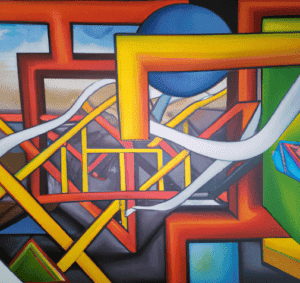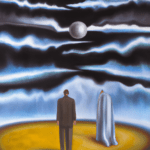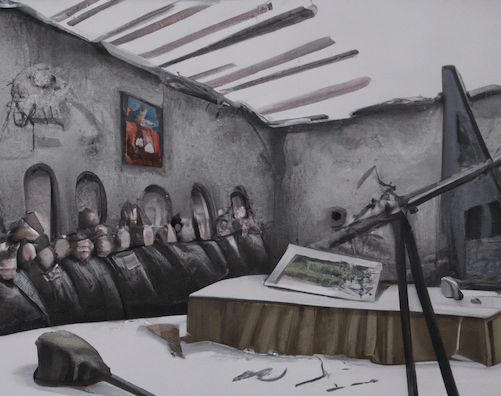Have you ever wondered about the concept of multi dimensions? The idea that our universe could have more than three dimensions of space and one of time has been a topic of interest and fascination for centuries. While it may seem like a complex and abstract concept, the idea of multiple dimensions is rooted in scientific theory and has practical implications in fields such as physics, mathematics, and computer science.
Exploring Multi Dimensions

In this guide, we will delve into the world of multi dimensions and explore the concept from different perspectives. We will cover the history of the idea, the scientific theories that support it, and the practical applications of multi-dimensional thinking.
First, let’s examine the history of the concept. The idea of multi dimensions can be traced back to ancient Greek philosopher Parmenides, who argued that reality was one-dimensional and unchanging. However, the concept of multiple dimensions gained traction in the 19th century with the work of mathematician Bernhard Riemann, who introduced the idea of a multi-dimensional space called a Riemannian manifold. This paved the way for the development of modern physics and cosmology, which suggests that our universe may have more than three dimensions of space and one of time.
Moving on to the scientific theories that support the concept of multi dimensions, one of the most well-known is string theory. This theory suggests that the fundamental building blocks of matter are not particles, but tiny one-dimensional objects known as strings. These strings vibrate at different frequencies, giving rise to the different particles and forces we observe in the universe. String theory predicts the existence of extra dimensions, and recent advances in physics and mathematics have provided further evidence for this theory.
Another scientific theory that supports the idea of multi dimensions is M-theory. This theory unifies five different string theories and predicts the existence of 11 dimensions, 10 of space and one of time. M-theory suggests that the extra dimensions are curled up or compactified, making them invisible to us. However, this theory also predicts the existence of wormholes, or shortcuts through space-time, which could potentially provide a means of accessing these extra dimensions.
While the idea of multi dimensions may seem abstract and far removed from our everyday lives, there are practical applications of multi-dimensional thinking. For example, in computer science, multi-dimensional arrays and data structures are used to store and manipulate large amounts of data. In statistics, multi-dimensional scaling is a technique used to analyze and visualize complex data sets. In physics, the concept of extra dimensions is used to explain phenomena such as dark matter and dark energy, which make up the majority of the universe but cannot be directly observed.
The concept has a rich history and continues to be a topic of interest and study in various fields. From the ancient Greek philosophers to modern-day scientists and mathematicians, the idea of multiple dimensions has been explored and developed, providing us with a deeper understanding of our universe and the world around us.
Keywords: universe, scientific theory, string theory, M-theory, computer science, statistics, physics, dark matter, dark energy, Riemannian manifold
Check out our Novel Writing Workbooks
Check out Little Tree Food Forest for articles on food forests and homesteading.
Check out FoodieScapes for articles on growing, fermenting and preserving food.










